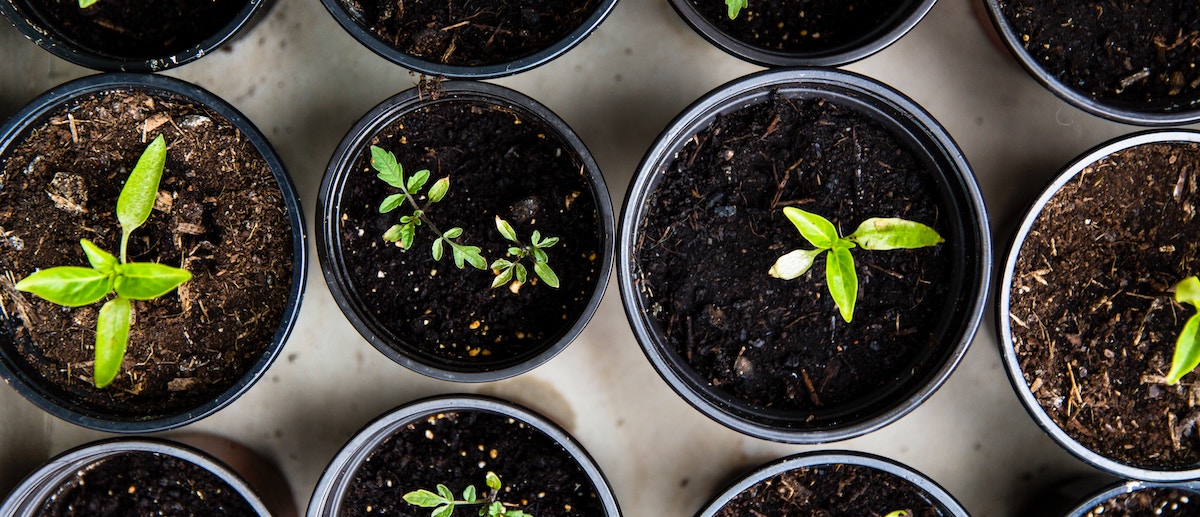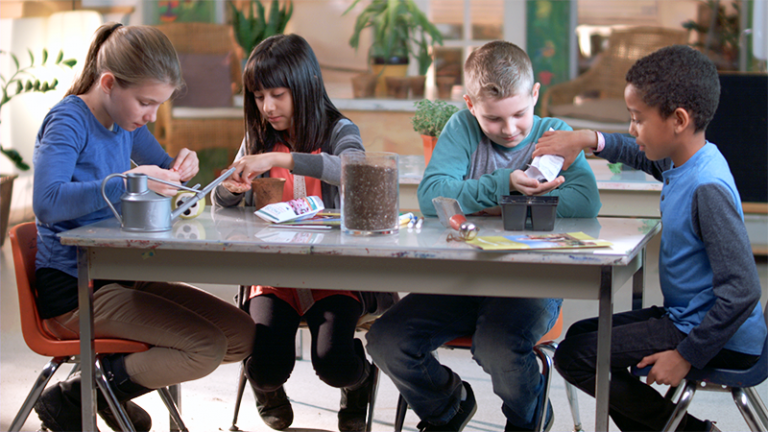Growing Plants in the Classroom

The next school semester is weeks away (at press) and as an educator you can’t help but wonder what new and exciting things to introduce to your students in the year ahead. You may have explored a gardening project on your school grounds (such as these) but you’re hoping to find something to keep students engaged after the harvest. After all, a significant portion of the food growing season in Canada occurs outside of the school year during summer break.
How does growing plants in the classroom sound?
This is one activity that keeps students invested in sustainable food production through the entire school year. Moreover, it places them in a more engaging environment that produces psychological and physical health benefits. Advantages include improved mood, reduced fatigue, lower levels of anxiety and stress, and improved performance and focus. As a teacher you can see how the activity will make everyone’s life much easier and enjoyable.
Interested? Great! Below are some helpful tips to get you started.
5 Helpful Tips to Getting Started on Growing Plants in the Classroom for the School Year Ahead
Step 1: Begin with Inspirational Reading Materials
Introduce your students to reading materials about gardening. This will inspire them to get going on the project. The Plant a Seed & See What Grows Foundation has created a library of these resources for kids of varying ages. Have a look at the following books and workbooks and add them to your lesson plan prior to planting:
You may also be able to spearhead an initiative to bring the Seeds of Inspiration program into your school. The program provides, free-of-charge, preschool and primary grade educational materials inspired by the above-mentioned storybooks written by Roland Gahler; Plant a Seed & See What Grows and What to Do with What You Grew.
Step 2: Establish Roles and Responsibilities
You’re not going to be able to organize this project on your own – and nor should you! Give your students an opportunity to shine as leaders, get them more engaged, and teach them about how organizational hierarchies work by delineating key roles and responsibilities for your classroom garden. View our guide to creating a FUN and empowering classroom garden Board of Directors. Your students will love it!
Step 3: Secure Tools and Supplies
Let the fun begin! You will need to secure a number of tools and supplies to get your classroom garden off the ground. You can keep costs down by following sustainable garden practices. Take a look at the environment around you and ask how any of it can be repurposed, reused, and recycled to fulfill your classroom’s needs with little to no expense. Together with your students, ask around the neighborhood for old gardening tools and supplies. Repurpose old classroom and household items (furniture, toys, etc.) as planters and even hit weekend garage sales for all sorts of planting wares.
Step 4: Choose Beneficial Plants that Thrive Indoors
You’ve figured out roles and responsibilities and secured the necessary tool and supplies. It’s now time to pick the plants to grow in your classroom garden. Logically, you need to choose varieties that will thrive indoors with limited natural light. The following are a great place to start:
- Avocados
- Tomatoes
- Carrots
- Chili Peppers
- Radishes
View more on how to grow each of these indoors.
In addition to food crops, consider adding medicinal herbs to your classroom planting activity. This teaches students about how plants are used in naturopathic medicine. Medicinal herbs that you can grow indoors include the following:
- German Chamomile
- Peppermint
- Spearmint
- Lemon Balm
View more on how to grow these herbs, along with the benefits of each, right here.
Step 5: Prepare for Seed Preservation
Set aside some of the seeds that your class secures for planting to teach students about seed preservation – a critical component to sustainable food production. The same concept also applies to seeds that are gathered from the plants grown in the classroom, over time. Our Foundation has prepared helpful guides for how to introduce the activity to your students to great success:
You’re all set! We would love to find out how your classroom activity turns out. Be sure to connect to the Foundation on Facebook and Twitter to share your story with Plant a Seed & See What Grows Foundation. Until then – Happy Planting!









